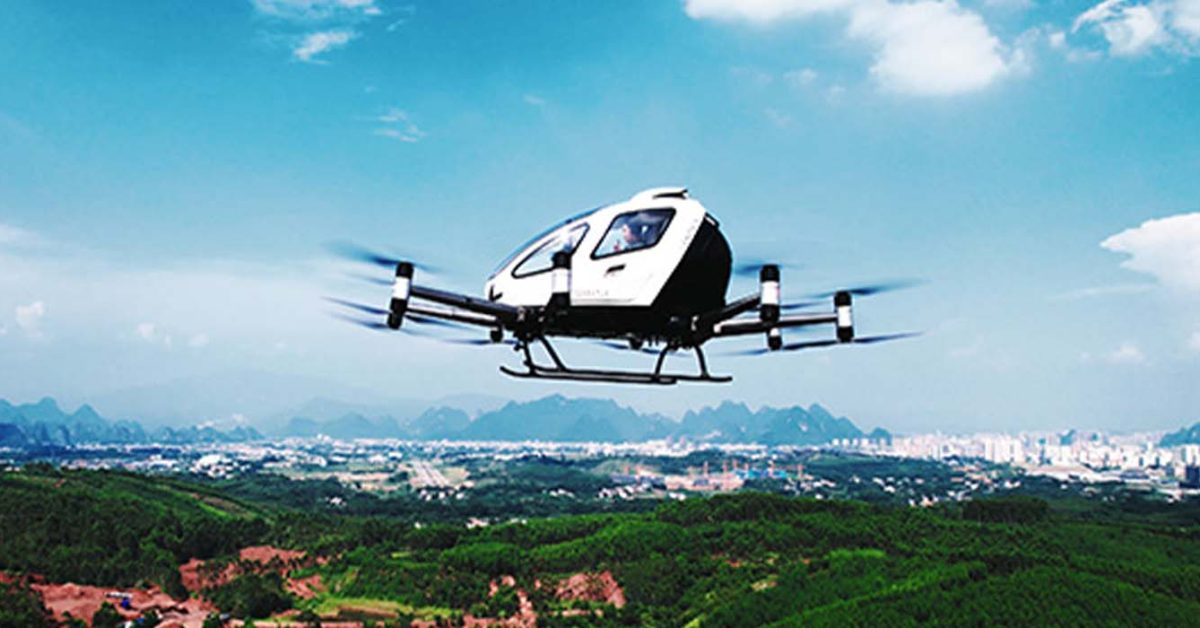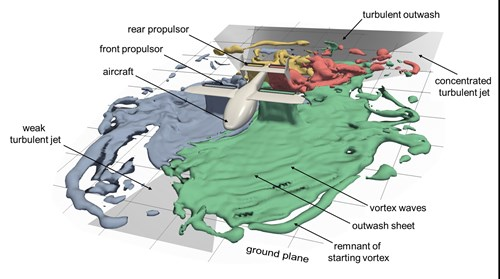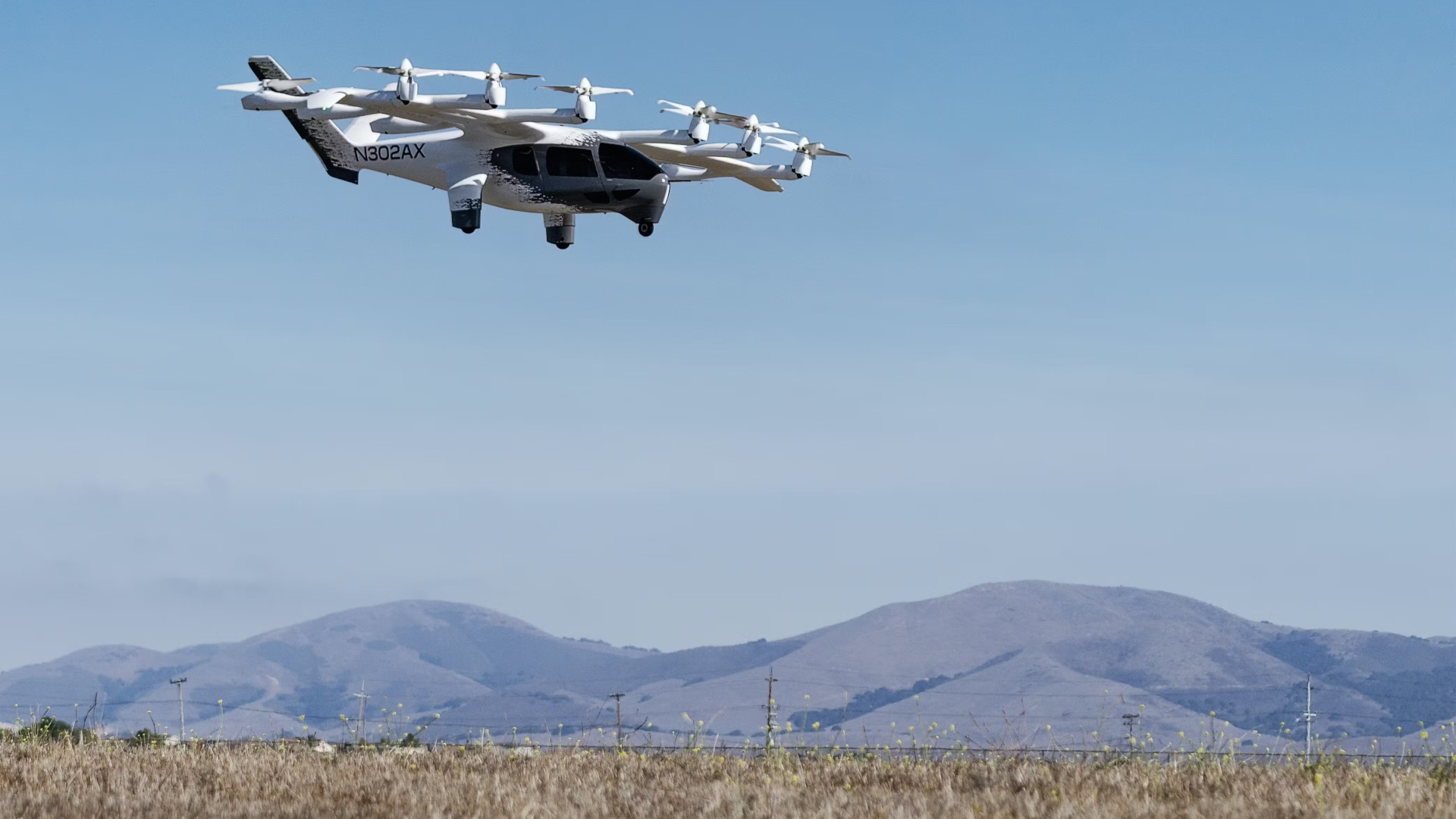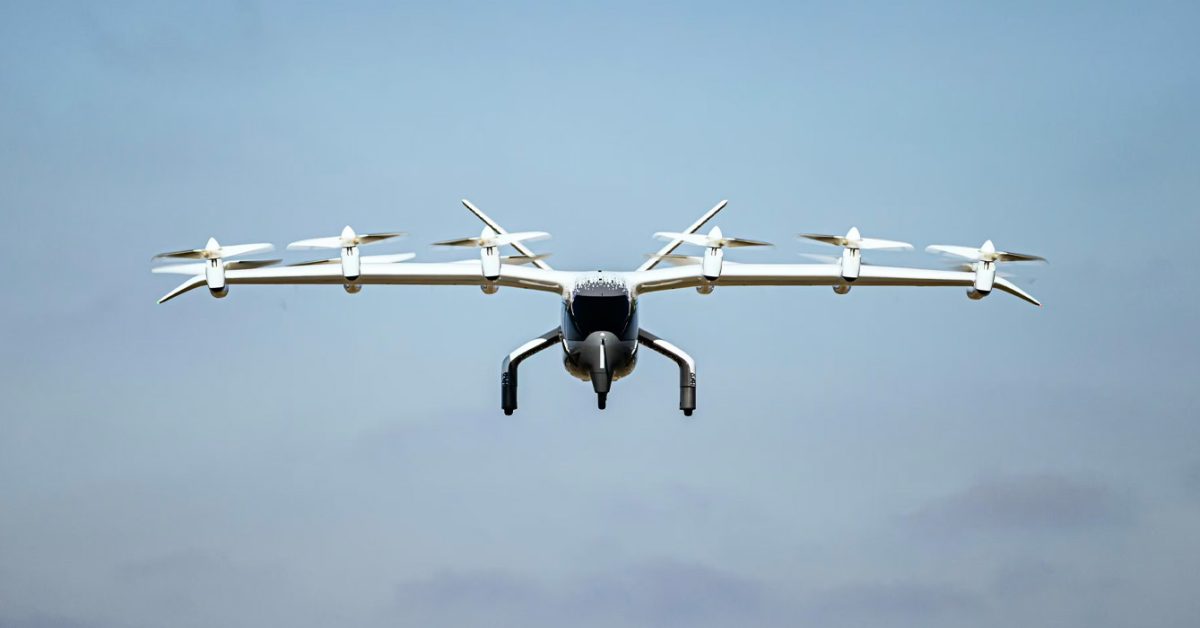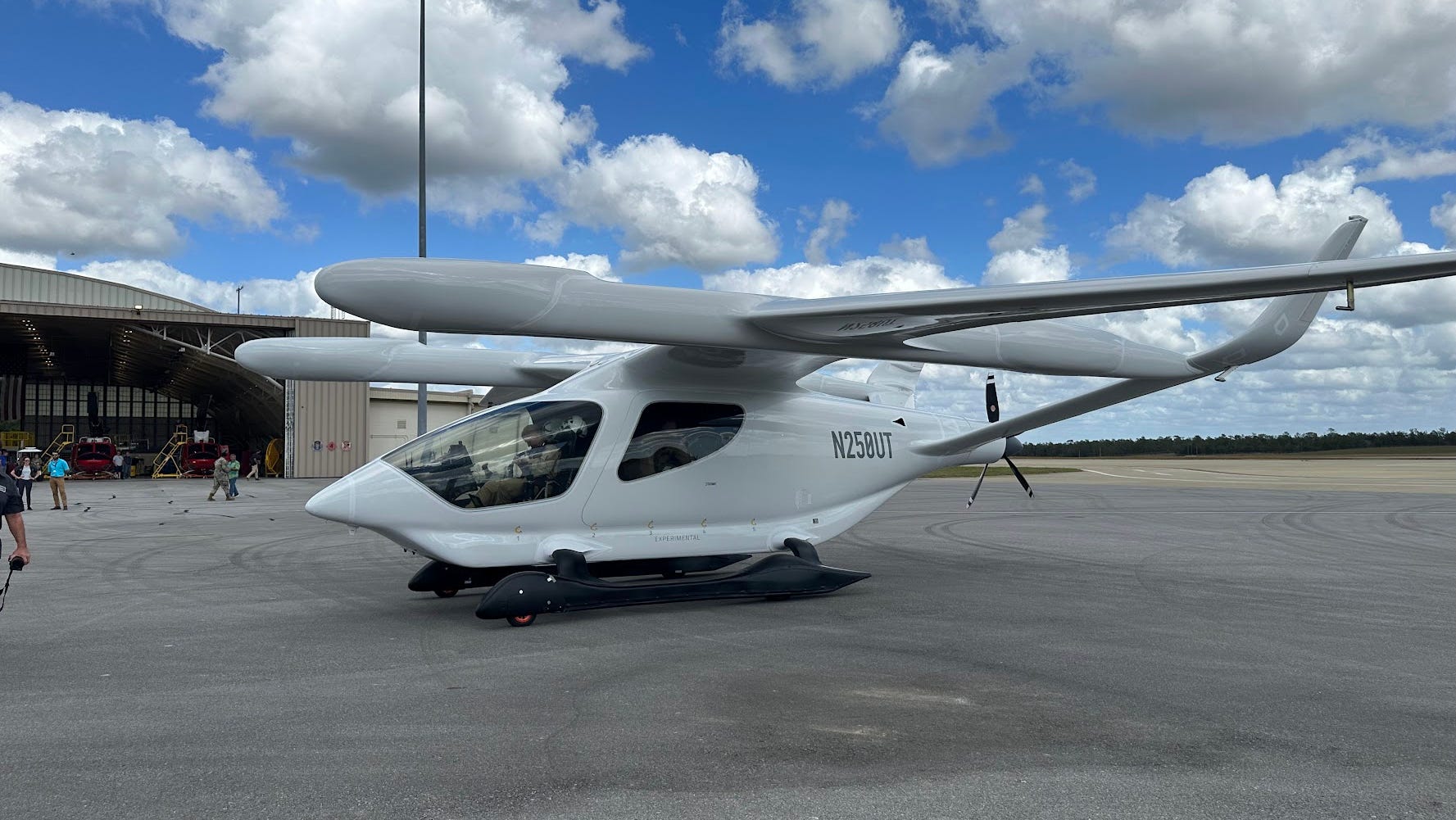- Joined
- 24 November 2008
- Messages
- 1,334
- Reaction score
- 1,683
CycloTech has released renders of its vehicle, which uses drum rotors (unless they're wheels for the hamsters powering it).


CruiseUp – first air car with CycloRotors - CycloTech
www.cyclotech.at

Weird New Flying Car Uses A Drum-Shaped Fan Instead Of Propellers To Fly | Carscoops
The wild-looking CycloTech CruiseUp has weirdly-oriented fans that allow to fly forward, backward, up, and down all without jostling occupantswww.carscoops.com
You might notice that it has six, not four rotors. Two are fore and aft on the main axis and apparently for lift only.
While cyclorotors do work and have found a use case in the maritime world (Voith-Schneider Propeller), I doubt that they are efficient enough to provide meaningful endurance and sufficient payload for eVTOL aircraft.
Last edited:

